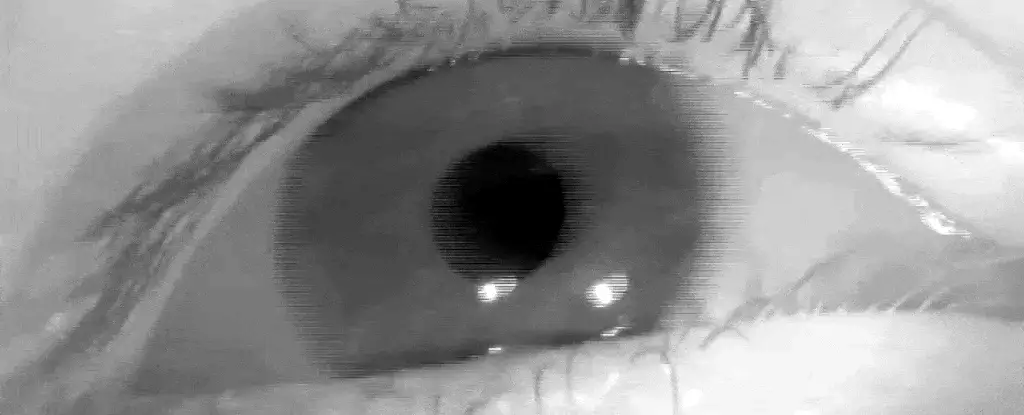Alzheimer’s disease, a progressive neurodegenerative disorder, is notorious for its stealthy onset and subtle early symptoms. One of the earliest indicators of cognitive decline can be traced to the intricacies of eye movements, specifically through a phenomenon known as saccades. These rapid shifts in gaze are not just fleeting motions; they reveal crucial information about an individual’s cognitive functions. In a groundbreaking approach, researchers are pioneering a novel method for detecting signs of Alzheimer’s by utilizing microphones embedded in ear wearable devices to capture the minute vibrations produced during saccadic movements. This technique not only presents a new diagnostic avenue but also emphasizes the importance of integrating technology with healthcare.
The human eye is capable of executing incredibly precise saccades, which can range from small corrective adjustments to extensive shifts across the visual field. However, as Alzheimer’s progresses, these movements show signs of sluggishness and decreased accuracy. The research led by electrical engineer Rachel Bouserhal and neuroscientist Chris Niemczak aims to quantify these changes in a way that was previously limited by the equipment needed to monitor eye movements. Traditional eye-tracking gear can be cumbersome and expensive, raising accessibility issues for widespread use. Thus, turning to an innovative solution that implements in-ear microphones offers a fresh perspective on early diagnosis.
The core of this diagnostic strategy revolves around a principle that most may overlook: the tiny bodily vibrations generated during eye movements can be effectively captured by sensitive microphones. While the average person may not perceive these vibrations, they can serve as a goldmine of information for diagnosing cognitive health. Patients with a related condition, known as superior canal dehiscence syndrome, are one of the few groups able to perceive their own eye movements, underscoring the unique physiological interplay between sight and hearing.
Miriam Boutros, another electrical engineer involved in this research, elaborates that current efforts are centered on creating sophisticated health-monitoring algorithms designed for the hearables technology. The goal is not just to track the minutiae of eye movements but to build a reliable, non-invasive method capable of long-term monitoring. This shift can democratize access to early diagnostic procedures, making them feasible for diverse populations, regardless of literacy or socioeconomic status.
The current study underscores the necessity of rigorous testing. As part of the research design, 70 individuals—35 diagnosed with Alzheimer’s or mild cognitive impairment and 35 healthy controls—will be fitted with both eye-tracking devices and hearables. This dual approach aims to validate the effectiveness of the hearable technology in monitoring saccadic latency. By contrasting the saccadic responses of both groups, researchers hope to illuminate distinctive patterns that could signal the onset of cognitive impairment.
The ramifications extend beyond just a single condition; the principles underpinning this research have the potential to transcend Alzheimer’s detection, presenting opportunities for identifying other cognitive diseases that manifest similar symptoms. Arian Shamei notes that the aim encompasses a broader horizon—understanding how its applications might be tailored to differentiate between multiple health issues through continuous in-ear signal monitoring.
This innovative confluence of neuroscience and technology heralds a new frontier for non-invasive diagnostics. The future may hold sophisticated wearable devices capable of accurately tracking cognitive health in real-time, empowering individuals and healthcare professionals alike. With the rising incidence of Alzheimer’s and other cognitive disorders, the urgency for effective early detection methods cannot be overstated. The presented approach opens avenues not only for timely interventions but also for a more inclusive strategy in monitoring cognitive health across various demographics.
As investigations proceed, the focus will remain on refining these technologies, enhancing their accuracy, and expanding their applicability. The potential to revolutionize how we approach Alzheimer’s disease through understanding the delicate interplay between eye movements and cognitive functions could redefine the landscape of early detection and real-time health monitoring for generations to come.

Leave a Reply